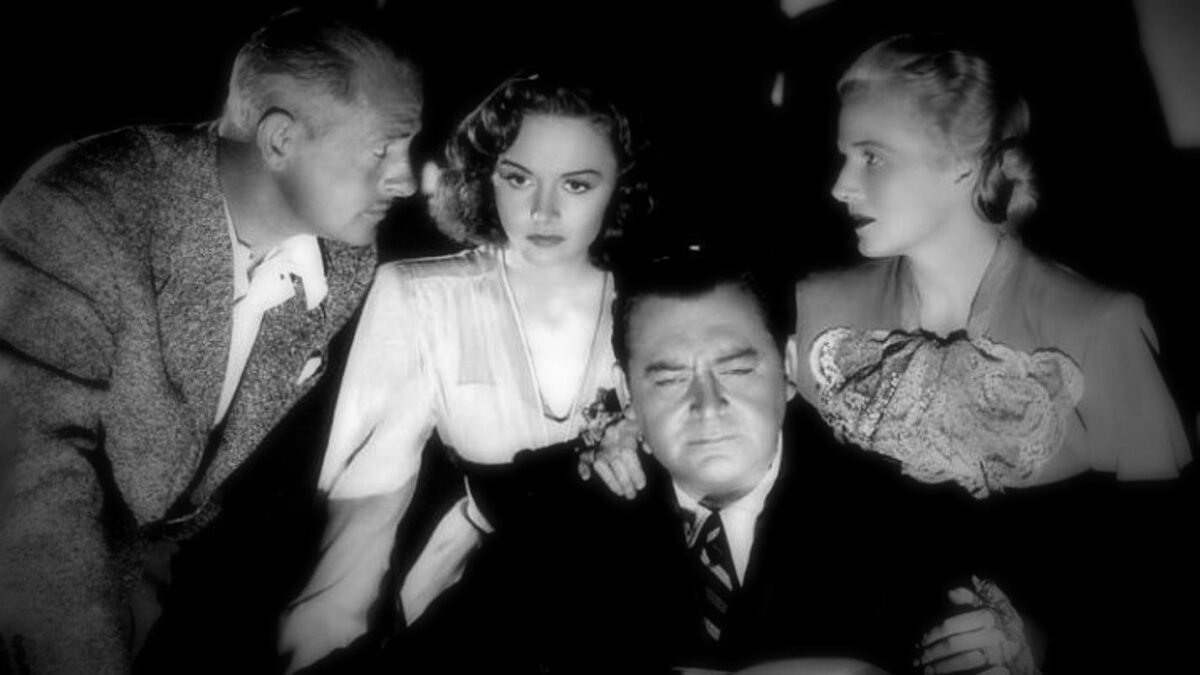When Fred Zinnemann’s murder mystery, Eyes in the Night, was released early in 1942, the United States had already entered World War II as a combatant and fears about the presence of Nazi spies on American soil were on the uptick.
Zinnemann was well into his illustrious career when he directed this black-and-white feature film, which broadly deals with this theme.
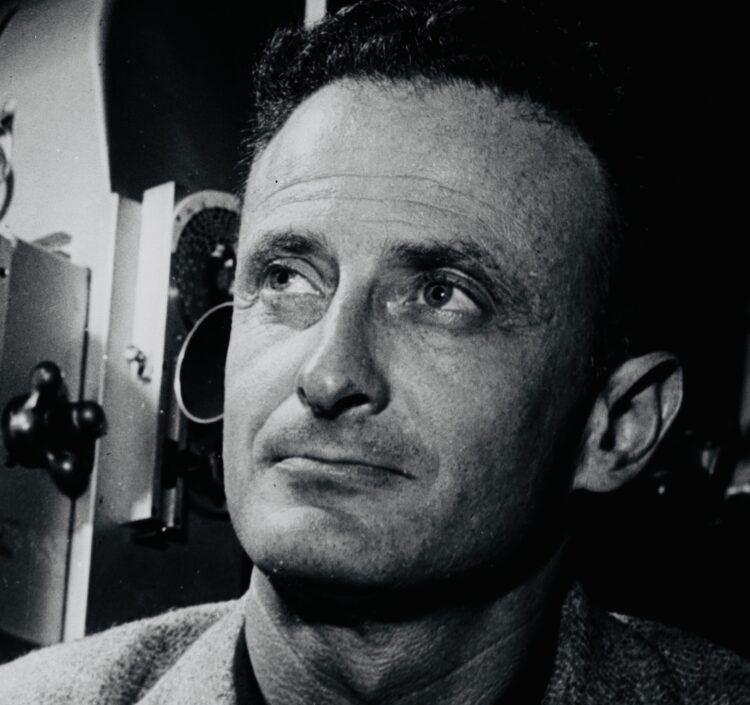
Probably the most successful German-speaking Jewish expatriate filmmaker in Hollywood aside from BillyWilder, he was born in Poland, raised in Vienna and immigrated the United States in 1929. He would go on to win Academy Awards for From Here To Eternity (1953) and A Man For All Seasons (1966).
Eyes in the Night, an MGM production broadcast recently on the Turner Classic Movies channel, acquited itself well in the eyes of critics. The New York Times described it as “a tidy and tingling little thriller” and “a hectic little pulse quickener.”
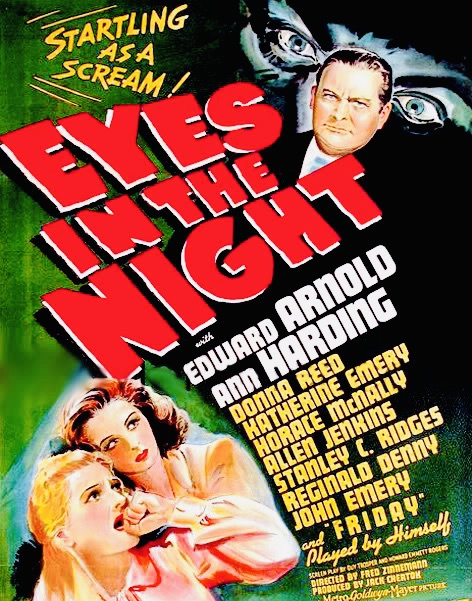
Notice the word “little.” Eyes in the Night, modest in ambition and scope, stars Edward Arnold as Duncan Maclain, a blind but canny New York City detective, and Ann Harding as Norma Lawry, his old friend who leads him into a den of Nazi operatives hiding in plain sight.
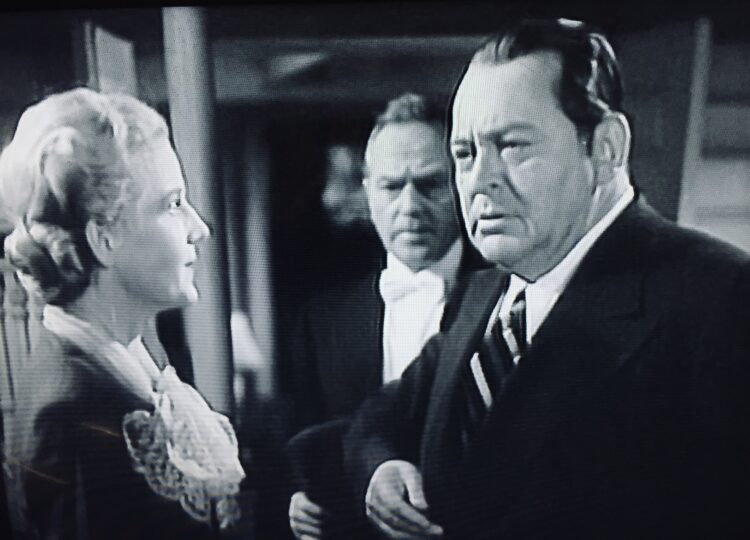
Mac, as he is called, is fond of Norma, an attractive blonde who’s married to a scientist working on a secret government project designed to advance the Allied prosecution of the war. Several minutes into the film, Mac discovers that Norma has a problem. Her headstrong 17-year-old stepdaughter, Barbara (Donna Reed), an actress in a local theater, has fallen hard for its leading man, who used to be Norma’s lover. This fellow is fickle and unreliable, much less too old for Barbara, and Norma wants her to end their romantic relationship.
This uncomfortable situation resolves itself, in a manner of speaking, when Barbara’s boyfriend is murdered. Jumping to perhaps to an unwarranted conclusion, Barbara accuses Norma of being the culprit, thereby souring their relations.
At this point, Mac is drawn into the case. Describing himself as a “gumshoe,” Mac is always accompanied by Friday, an obedient German Shepherd guide dog who attends to his needs.
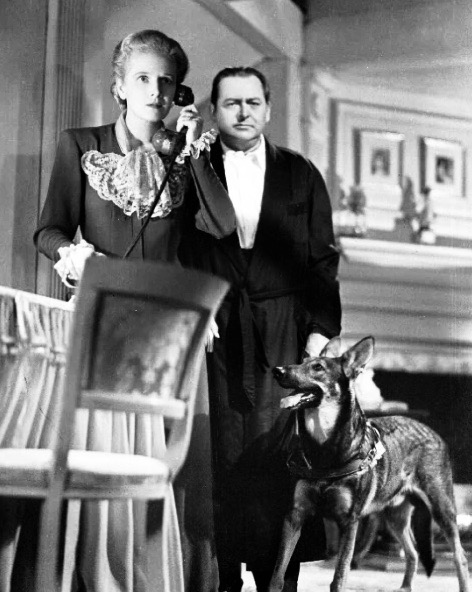
As Mac looks for clues to solve the homicide, Zinnemann introduces a new element into the movie — Nazi agents in Norma’s household staff and in the theater that employs Barbara. They are on the hunt for a formula devised by Norma’s husband, and think they can find it in a safety deposit box in her home.
Before they come under suspicion, Friday is on to them as he menacingly bares his teeth at the butler.
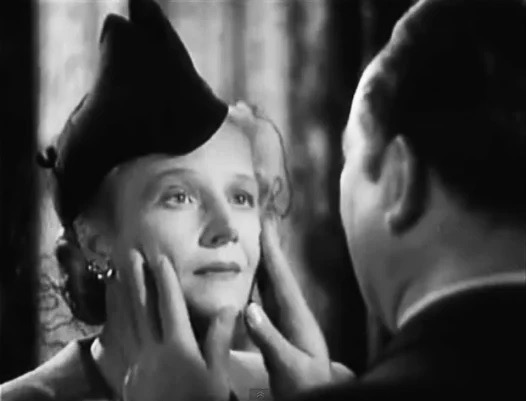
Eyes in the Night is a low-budget, stripped-down, run-of-the-mill film with credible performances from its lead actors. Shot entirely indoors under dim lighting, it creates a claustrophobic atmosphere. Zinnemann was clearly refining his emerging directorial skills in this vehicle.
As a cinematic relic from the 1940s, it has a niche appeal. Nazi saboteurs were a source of concern in the United States after Germany declared war on the United States following the Japanese attack on the U.S. Pacific fleet in Pearl Harbor. And so its theme is very time-oriented.
